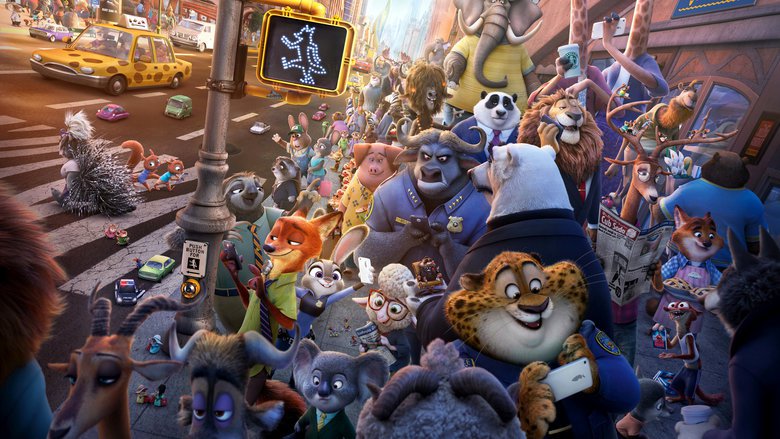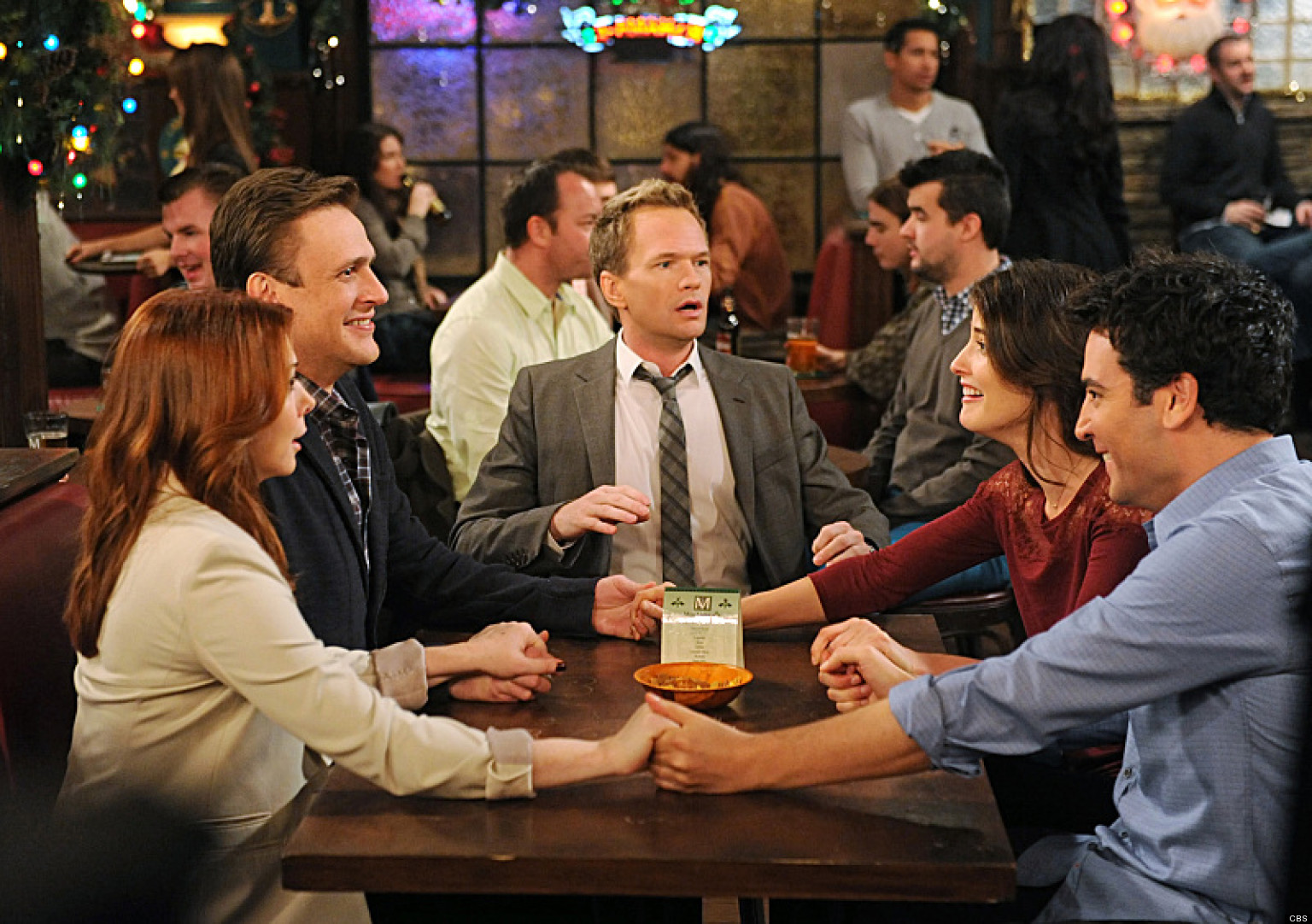
Behind the Scenes of Black Swan
The very first mention of Black Swan dates back to 2000. Darren Aronofsky, who just released his critically acclaimed powerful drama Requiem for a Dream, wanted to explore the notion of being haunted by a double and had heard of a screenplay penned by Andres Heinz titled The Understudy. After giving it a good read, Aronofsky was intrigued by the story revolving around 2 off-Broadway actors, as he identified in the script elements of Dostoyevsky’s novella The Double, which he thought were worth drawing on.
Fascinated by the ballet universe for years (the idea of a love story between a wrestler and a ballerina was formerly on his mind), he asked screenwriters John McLaughlin and Mark Heyman to rewrite the original screenplay by setting it in the surprisingly little-known dance world. A new, dark version about a troubled artist was then in the works and would embrace Tchaikovsky’s Swan Lake, whose tale of a princess turned into a swan by an evil sorcerer was the perfect reflection of its main character’s tragic fate.
Although it took 9 years for the movie to be backed up by a studio, the choice of Natalie Portman, who wanted to be part of the project from day one, helped draw the attention of producers. After the addition of Mila Kunis and Vincent Cassel to the cast, Aronofsky and his team began shooting the film, renamed Black Swan, in New York during the winter of 2009.
Set to explore a very secretive, tough universe and plunge head first into a distressed young woman’s mind with a high number of experienced performers to direct, the making of Black Swan was going to be both a captivating and an extremely demanding adventure for its director, actors and production members. From special effects and costume design to the intense months of preparation Natalie Portman had to endure, here’s an interesting look behind the scenes of the beautifully orchestrated piece of work.
Setting the film in the world of ballet
“Getting into the ballet world proved to be extremely challenging,” explained Darren Aronofsky, who faced quite some difficulty working with the profession in order to make his movie. Unlike in other disciplines, the ballet industry was not interested in opening its doors to the director who described it as “a very insular world.” But a lot of patience and determination helped him get the information he needed to complete the script of Black Swan. “Natalie would say, “I’m getting too old to play a dancer. You better hurry up,”” joked the director in an interview with Collider. “I was like, “Natalie, you look great. It’ll be fine.” And then, about a year out from filming, or maybe a little bit earlier, I finally got a screenplay together.”
Natalie Portman would portray Nina Sayers, a young ballerina not only obsessed with perfecting every move but also haunted by a darker version of herself as she rehearses arduously to play the lead role in her company’s version of Swan Lake, one of the most complex ballets to perform as a dancer.
With Black Swan, Aronofsky wanted to get “behind the curtain” of ballet and “show all the effort that makes what you see on stage so beautiful and effortless,” especially “all the psychological torment, all the pain.” The choice of Swan Lake for the piece Nina has to perform in was motivated by the opportunity it offers to dancers to show so many different shades of themselves having to portray 2 characters, 2 opposite entities, one pure, one vile, in the course of the very same representation.
On the set
Filming a vigorous performing art like ballet dancing represented a technical challenge, which is why Darren Aronofsky, just like on his previous movie The Wrestler, opted for handheld cameras to shoot Black Swan in a documentary style and ground it in reality, while trying to find a balance between fairy tale and scary elements. And for that, the director was on all fronts to ensure the story he had worked on for almost a decade would powerfully translate from page to screen.
“I’m really lucky to work with such talented people and they’re gonna have ideas that would be awesome,” he states in the video above, revealing that, although he is a perfectionist, he likes to give a lot of freedom to his crew so they can come up with creative ways to shape the visual world of his movies – and that, of course, includes his actors. “When he comes and says something, he doesn’t say much, but it’s always useful,” confirms Vincent Cassell who portrays Thomas Leroy, Nina’s charming and manipulative company director.
Behind the visual effects
At first allocated a budget of $25 million, the production of Black Swan quickly had to cope with a suddenly shrunk allowance of $15 million. “There was really no money for the film and we had to push it back a lot of times,” said Aronofsky. But the recurring setbacks didn’t prevent the movie’s technical team to come up with inventive methods to play with the audience’s eye – quite the opposite.
As the featurette above reveals, a series of impressive visual effects were applied throughout the film in order to incorporate Natalie Portman’s face in scenes where her double, dancer Sarah Lane, took over to executed difficult choreographies, as well as to physically convey her character’s literal transformation into the black swan.
Production design
For years Darren Aronofsky had tried to work with art director Thérèse DePrez, but she kept turning him down. Finally, with Black Swan the director was offered the chance to collaborate with the designer to build his vision of a modern, organic piece.
Going for a “very specified minimal look” inspired by nature (especially trees) for the Swan Lake stage set, DePrez and Aronofsky chose to embellish it with abstract pieces infused with movement and “a touch of realism throughout.” But the visual presence of the ballet tale wouldn’t only apply to the dance stage. The production designer made sure every room the character of Nina would step into would reflect its atmosphere via the ever-present contrast between black and white, the only warm place being her room, enhanced with heavy touches of pink, purposefully reminiscent of a child’s bedroom in order to visually express the control Nina’s mother has on her.
Mirrors, of course, were some of the most symbolic objects in regards to the theme of the double and the huge part it plays in a dancer’s life. And because the film’s story was taking place in the ballet world, they didn’t prove very difficult to use in numerous scenes to give them a new, terrifying meaning.
Ultimately, from color choices to every material detail, all the elements that composed the sets of Black Swan had one main purpose, to serve the movie’s main character’s transformation. “It’s really about the arc of Natalie’s character in these environments,” says Thérèse DePrez.
The costumes
Costume designer Amy Wescott had already worked with Darren Aronofsky on his previous film The Wrester, whose story of a former wrestling celebrity struggling to get back in the spotlight at all costs is in many aspects comparable to that of Black Swan.
“For us it was just a brand new, fresh take on Swan Lake,” explains Wescott, who created costumes that were “completely visible on set and really standing out, looking amazing,” would help display each character’s personality through their clothes, and more importantly, conveyed Nina’s descent into darkness.
Sisters Laura and Kate Mulleavy from the brand of clothing Rodarte also collaborated on the movie to reconceptualize the design of the ballet’s costumes and did a fine job creating attires that reflected the overwhelming atmosphere the audience would gradually dive into.
Natalie Portman’s training
Aronofsky first shared the possibility of directing Black Swan with Natalie Portman 10 years before the project actually came to fruition. Back then, Portman was already seduced by the idea of playing a dancer, as she was looking for roles that demanded more adulthood from her and was fascinated by the story. “I thought that was very interesting because this movie is in so many ways an exploration of an artist’s ego and that narcissistic sort of attraction to yourself and also repulsion with yourself,” she said. “The fact that I had spent so much time with the idea allowed it to marinate a little before we shot.” What followed was a pretty incredible level of commitment from the actress to bring Nina’s character to life.
Looking and moving like a ballet dancer is not something that happens overnight, so to prepare for the role of Nina, Portman started serious training 6 months prior to the first day of filming. For five hours a day, she practiced ballet with former New York City Ballet ballerina Mary Helen Bowers in addition to cross-training and swimming for results that would eventually make her body look similar to those of professional dancers. “The idea is, if you’re going to play a ballerina, you’re going to have to train like one,” says Bowers who, throughout the entire movie-making process, made certain the actress would warm up properly and kept an eye on every detail.
“She was so devoted,” says Bowers about Natalie Portman onset. “Which was 5 hours a day, 6 days a week while she’s working other jobs. You know, we’re meeting at 5-5.30 in the morning doing ballet for 2 or 3 hours, she goes and works a 12-hour day and meets me at the gym at night and we’re doing our toning exercises, and you know, swimming a mile. Then she goes home and goes to sleep and will get up the next day and do it again. And this is 6 days a week for months and months and months leading up to the movie.”
As she began her rigorous training, Portman rapidly grasped how demanding portraying a ballet dancer was going to be. “I love dancing so much that I just thought it was going to be so fun to be able to dance at work, that that would be part of my job, and I didn’t realize how physically grueling it would be,” says the actress whose hard work truly paid off as she “absolutely convincingly” became a dancer according to Aronofsky. “Not only did she have to dance and be convincing as a ballet dancer, but she also had to, you know, act the scenes that were happening while she was dancing,” the director adds. “And there was a lot of emotional choices she had to make.”
Which led to this…




